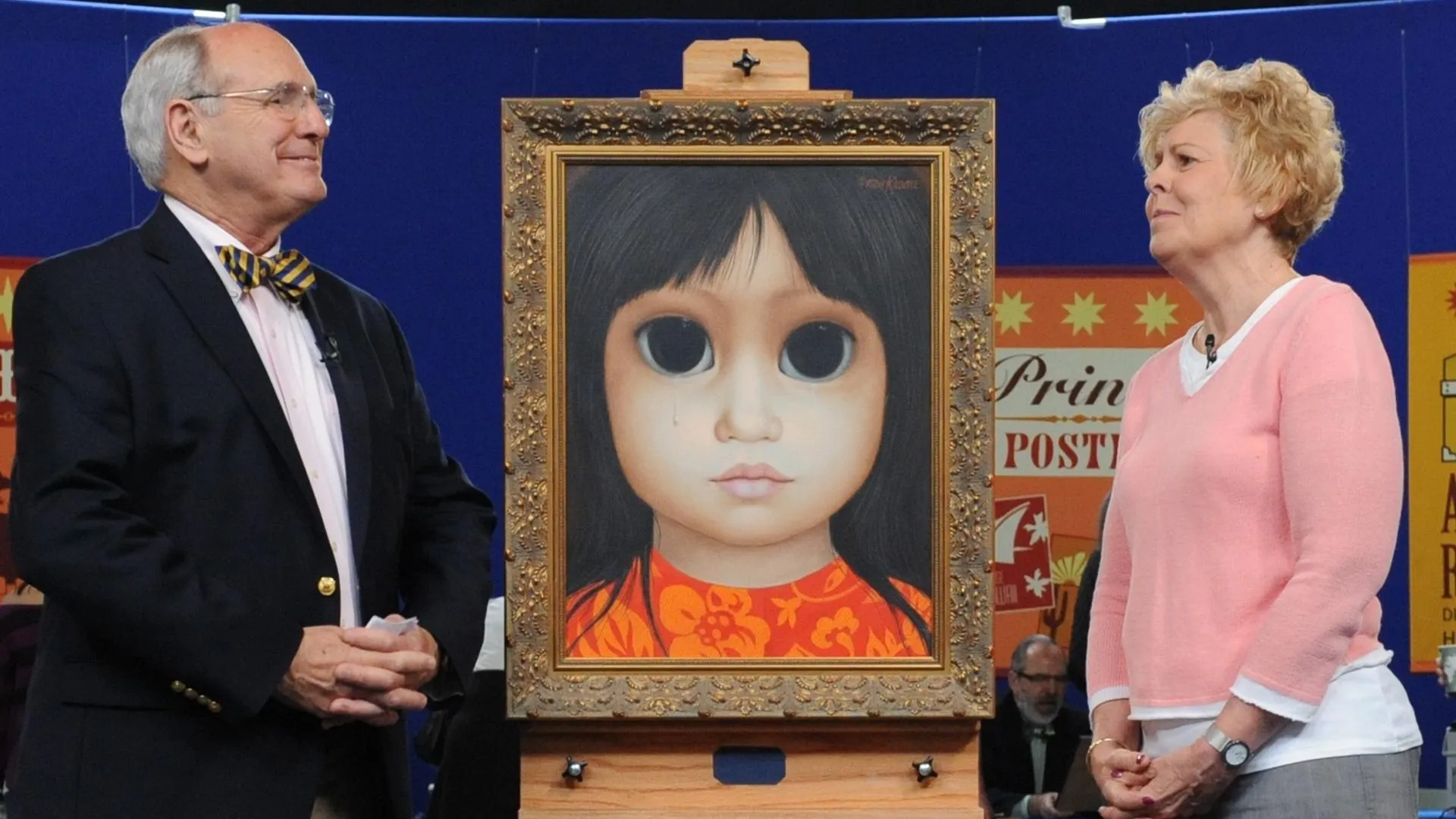GUEST: My mom ordered this for my dad in 1969. She met the artist, Sam Maloof, at a Pasadena art museum, and they agreed that she would order a piece of furniture from him. And she went to his home in Pomona area. His shop is next to his house, and she placed an order for this chess table for my father. She also ordered a chess set separately, but which we don't have anymore. But we have the table and the chairs.
APPRAISER: Well, at the time Sam died in 2009 at the age of 93, he had made furniture for several presidents. He had made furniture for celebrities, and captains of industry. And all this is kind of amazing because he was completely self-taught. He differs from a lot of other craftsmen that are known from the Post-War American period in that his work was very soft and fluid and curved. There was almost no natural edges left, or knots, or peculiarities in the wood that other woodworkers from this period liked. He really liked a soft, curved, almost rounded-off look. The chairs are really interesting to me because they have the original upholstery. And I don't know whether your family picked out the upholstery or Sam picked out the upholstery.
GUEST: I believe my mom picked it out. This is very much my mom's style.
APPRAISER: When your parents went to Sam's showroom, they would have seen a lot of Navajo carpets and rugs, and in this case, we have an American Navajo blanket or rug cut to be made into upholstery. If you hadn't told me that it was made in 1969, I could tell you that this has all of the hallmarks from the late '60s. The stamp that's on the chair says, "Designed, made, Maloof," and then "California," which is missing from here because of the curve. And he identified himself with California. He was an inherently a California artist. He was born and raised in California, he learned his craft here, he perfected it. And it has a very interesting element on the top of the backrest. It has these horns that are a little unusual. In the later period in the 1980s, a lot of these horns were shortened or actually disappeared entirely. The wood is American black walnut, and the lighter squares I believe is ash.
GUEST: Okay.
APPRAISER: When he was alive, these chairs would have been worth a little bit more. But I think we're going to see the prices go up dramatically in the future.
GUEST: Okay.
APPRAISER: I would sell the chairs, if they were going to be on the open market, separately from the table, because there are more people who would want a pair of chairs than they would a set.
GUEST: Mm-hmm.
APPRAISER: If you were to sell the chairs separately, I think they would sell for about $10,000 at auction.
GUEST: Wow. Wow. That's great. I had no idea, yeah.
APPRAISER: So the table, as a game table, is a little less desirable today as back in the '50s and '60s, when game tables were more popular. But because of the size and the condition of it, which is really very beautiful, I would also place the table's value at about $10,000 at auction.
GUEST: Okay, great. That's fabulous.











